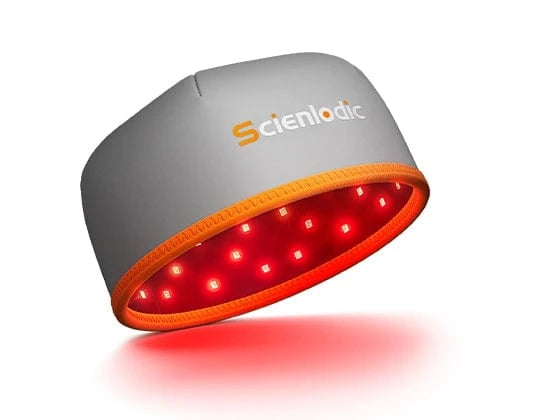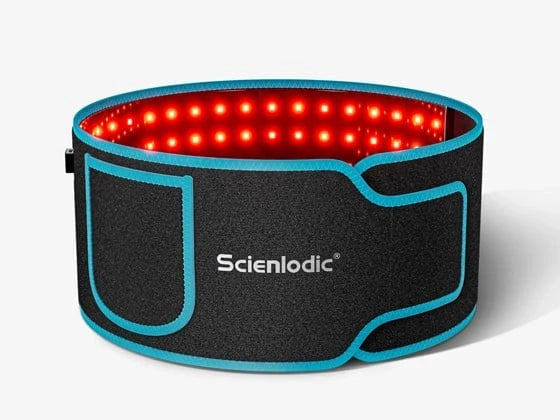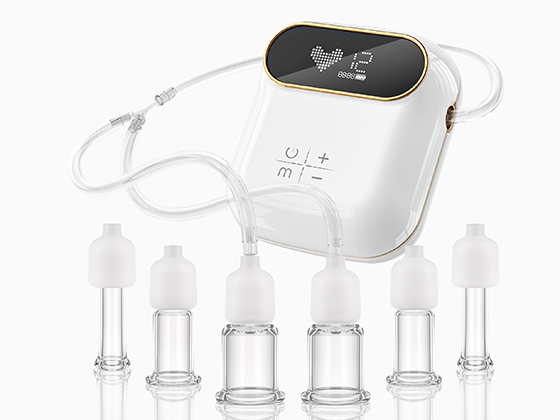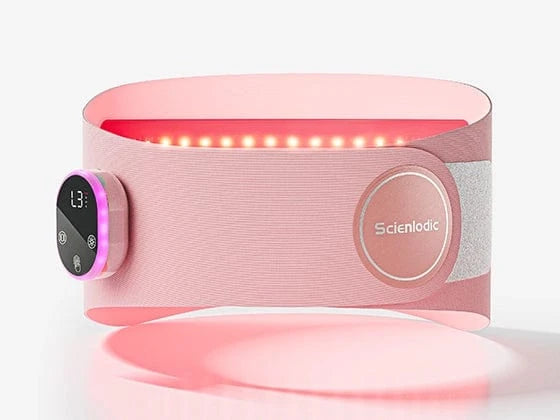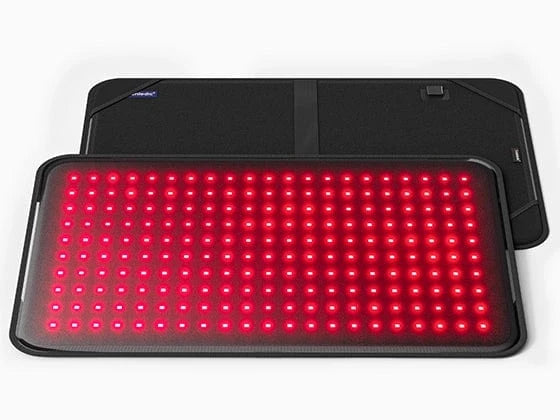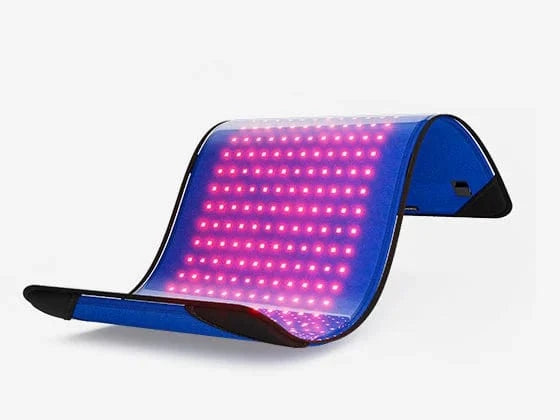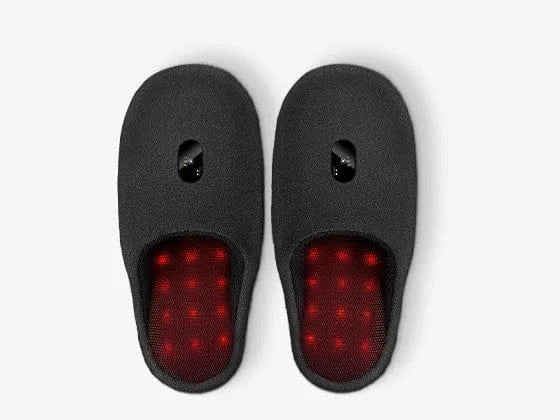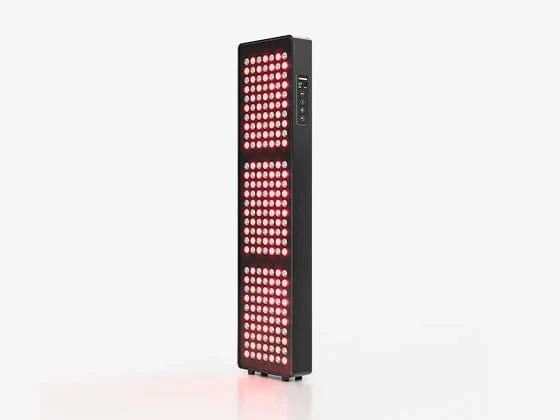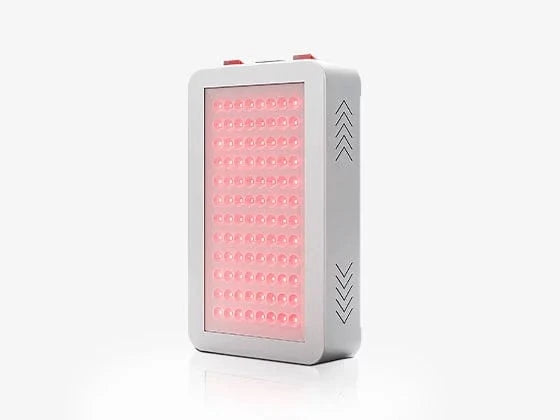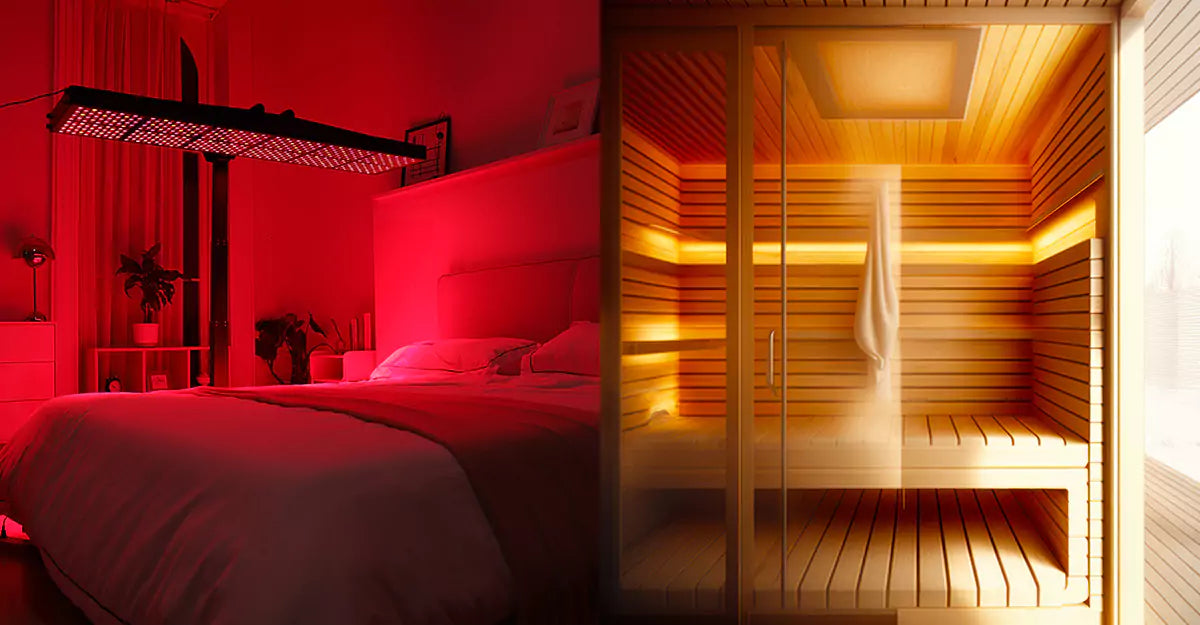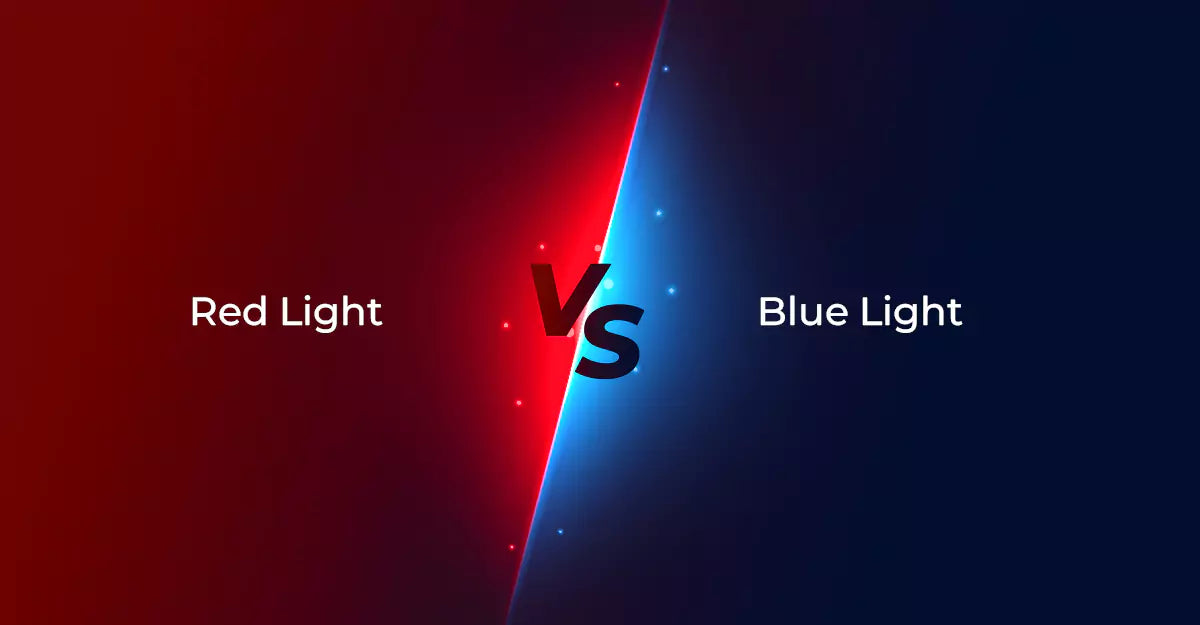Ever wondered how a post-gym sauna session could turn into a luxurious retreat for your body and a detoxifying escape?
Did you know humans can't see infrared?
Is your understanding of Red Light Therapy and Infrared Sauna still in the vague stage?
Dive into the clarity of Red Light Therapy and Infrared Sauna differences, guiding your wellness journey with simple insights
Difference between Red Light Therapy and Infrared Sauna
Visibility
As shown in the image, we can simplify all light into three categories: UV light, visible light, and invisible light.

For the purpose of our discussion, we won't delve into UV light as it is unrelated to our main topic. The remaining two types of light are red light and infrared.
From the image, it's evident that red light falls within the visible spectrum, making it visible to our naked eye.
On the other hand, infrared light exists in the invisible spectrum, making it imperceptible to our eyes.
It's as straightforward as that – their positions on the spectrum determine whether we, as humans, can see them.
Penetration Depth: Wavelengths
In the preceding discussion, we established that red light and infrared light occupy different positions within the spectrum. Additionally, they have different wavelengths. This variance is the key factor influencing penetration depth.

Image source:https://www.cnet.com/home/best-carpet-cleaners/
From the image, we can also discern their specific wavelengths. Remember, the longer the wavelength, the deeper the penetration.
So, let's draw a straightforward conclusion:
Red Light Therapy--Primarily utilizes visible red light wavelengths, typically between 620 to 700 nanometers.
Penetrates superficially into the skin, influencing cells on or near the surface.
Infrared Sauna--Focuses on longer wavelengths beyond the visible spectrum, ranging from 700 nanometers to 1 millimeter.
Possesses a deeper penetration, reaching into muscles and tissues beneath the skin for a more profound impact.
Heat and sweating
Beyond the subtle differences discussed earlier, the most noticeable distinction between them is the sensation of heat.
Red Light Therapy: Emits minimal heat, ensuring a comfortable experience for targeted skin treatments without causing discomfort.
Infrared Sauna: Generates significant heat, contributing to the traditional sauna experience and promoting overall body warmth.
Exploring the Depths of Red Light Therapy and Infrared Sauna
Benefits of Red Light Therapy
Decreases Pain:
It is effective in decreasing pain, making it a valuable option for individuals experiencing various forms of discomfort or chronic pain.
Heightened Collagen Production and Improves Skin Health:
Red Light Therapy stimulates collagen production, promoting skin elasticity and reducing the appearance of fine lines and wrinkles.
By enhancing cellular function, Red Light Therapy contributes to improved skin health, resulting in a clearer and more vibrant complexion.
May Slow Down Aging:
The potential to slow down aging is associated with the therapy's positive effects on collagen and skin health, offering a non-invasive approach to anti-aging.
Wound Healing:
Red Light Therapy accelerates the healing process for wounds, injuries, and surgical incisions by promoting cellular regeneration.
Aids Fat Loss:
Studies suggest that Red Light Therapy may aid in fat loss by influencing fat cells and promoting a more efficient metabolism.
Scienlodic Red Light Belt >>>
Enhances Gym Performance:
Regular use of Red Light Therapy has been linked to improved athletic performance, potentially enhancing endurance and strength.
Speeds Up Recovery After Exercise:
Its ability to enhance circulation and reduce inflammation contributes to quicker recovery after strenuous physical activities.
Boosts Blood Flow and Circulation:
Red Light Therapy positively impacts blood flow, ensuring efficient nutrient delivery and oxygenation throughout the body.
Reverse Hair Loss:
Some studies indicate that Red Light Therapy can stimulate hair growth and help reverse certain forms of hair loss.
Boosts Your Mood:
The therapy's impact on mood is attributed to its ability to stimulate the production of endorphins, promoting a sense of well-being and positivity.
The magic lies in its ability to penetrate the skin, reaching the mitochondria of cells. This interaction triggers a series of biochemical reactions, enhancing energy production and promoting various healing processes. The unique aspect of RLT lies in its transparency through the skin, allowing it to directly influence cellular activities.
Benefits of Infrared Sauna

Better Sleep:
Infrared sauna sessions have been associated with improved sleep patterns, promoting a deeper and more restful night's sleep.
Relaxation:
The gentle warmth of infrared saunas induces a state of relaxation, helping to alleviate stress and tension.
Detoxification:
Sweating induced by infrared sauna heat aids in the detoxification process, facilitating the elimination of toxins and heavy metals from the body.
Weight Loss:
Infrared saunas may contribute to weight loss by promoting calorie burn and aiding in fat metabolism.
Relief from Sore Muscles:
The penetrating heat of infrared saunas offers relief from muscle soreness, promoting faster recovery after physical activities.
Relief from Joint Pain (such as Arthritis):
Infrared sauna therapy has shown promise in providing relief from joint pain, particularly for individuals with arthritis.
Clear and Tighter Skin:
Improved circulation and detoxification contribute to clearer, tighter skin, reducing the appearance of blemishes and promoting a healthy complexion.
Improved Circulation:
The heat generated by infrared saunas enhances blood flow, ensuring efficient nutrient delivery throughout the body and promoting cardiovascular health.
Help for People with Chronic Fatigue Syndrome:
Infrared sauna sessions have been reported to provide relief and improved well-being for individuals suffering from chronic fatigue syndrome.
Distinguishing Infrared Sauna from Traditional Saunas
- Traditional saunas heat the body by warming the air, while infrared saunas directly heat the body through light radiation.
- This distinction creates a more comfortable and less stifling environment for users. Research also indicates that the heat from infrared saunas penetrates more deeply than warmed air.
- This unique capability allows for a more intense sweat experience, even at lower temperatures compared to traditional saunas.
- Additionally, individuals can prolong their time in the sauna due to the deeper penetration of infrared sauna heat.
Takeaway
In conclusion, Red Light Therapy and Infrared Sauna offer distinct benefits. RLT utilizes visible red light for surface-level effects, while Infrared Sauna employs longer wavelengths for deeper penetration. RLT is characterized by minimal heat emission, ideal for targeted skin treatments, while Infrared Sauna generates significant heat, providing a traditional sauna experience. The choice between them depends on individual preferences and health goals, both contributing to holistic wellness in their own unique ways.


